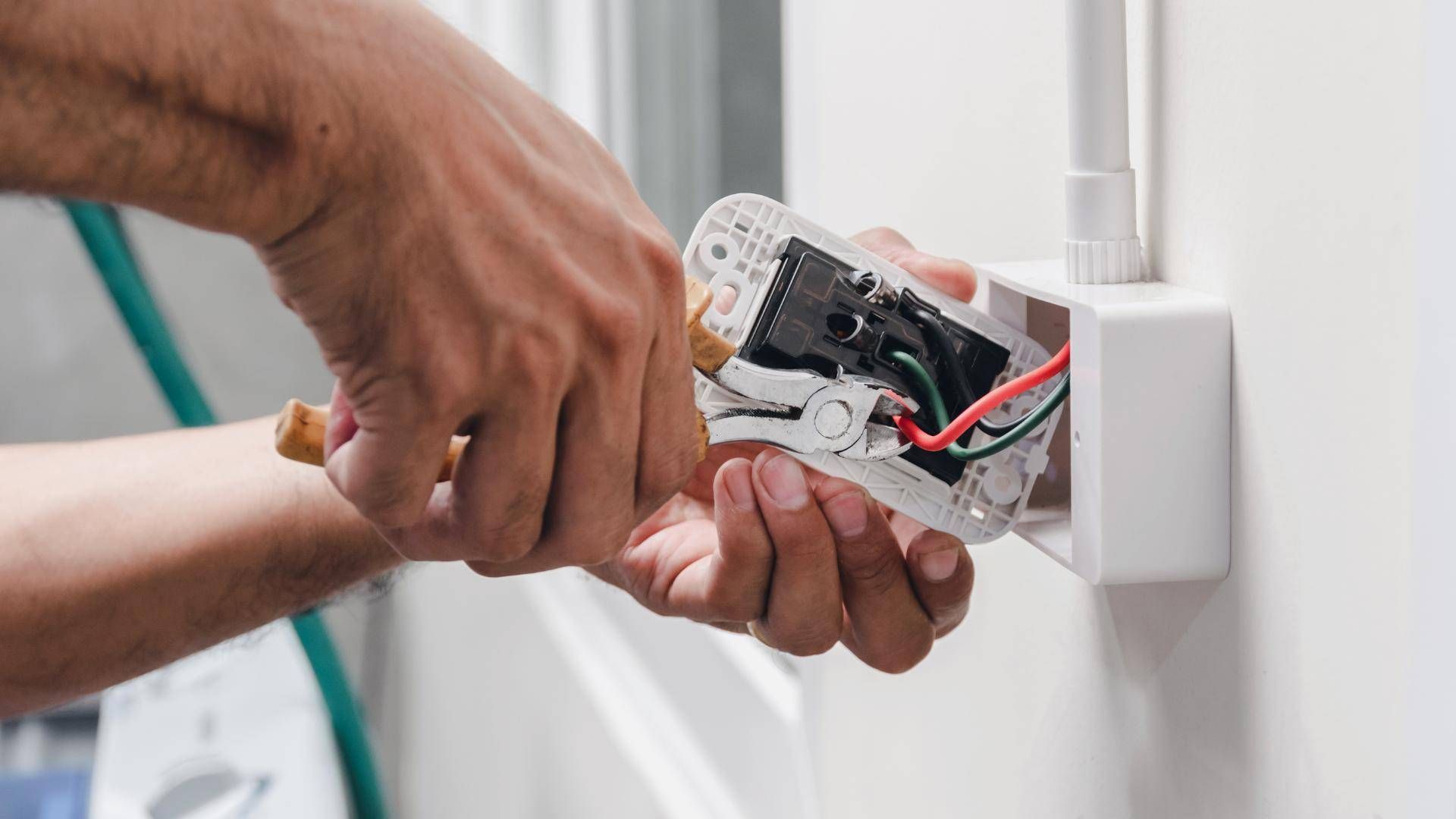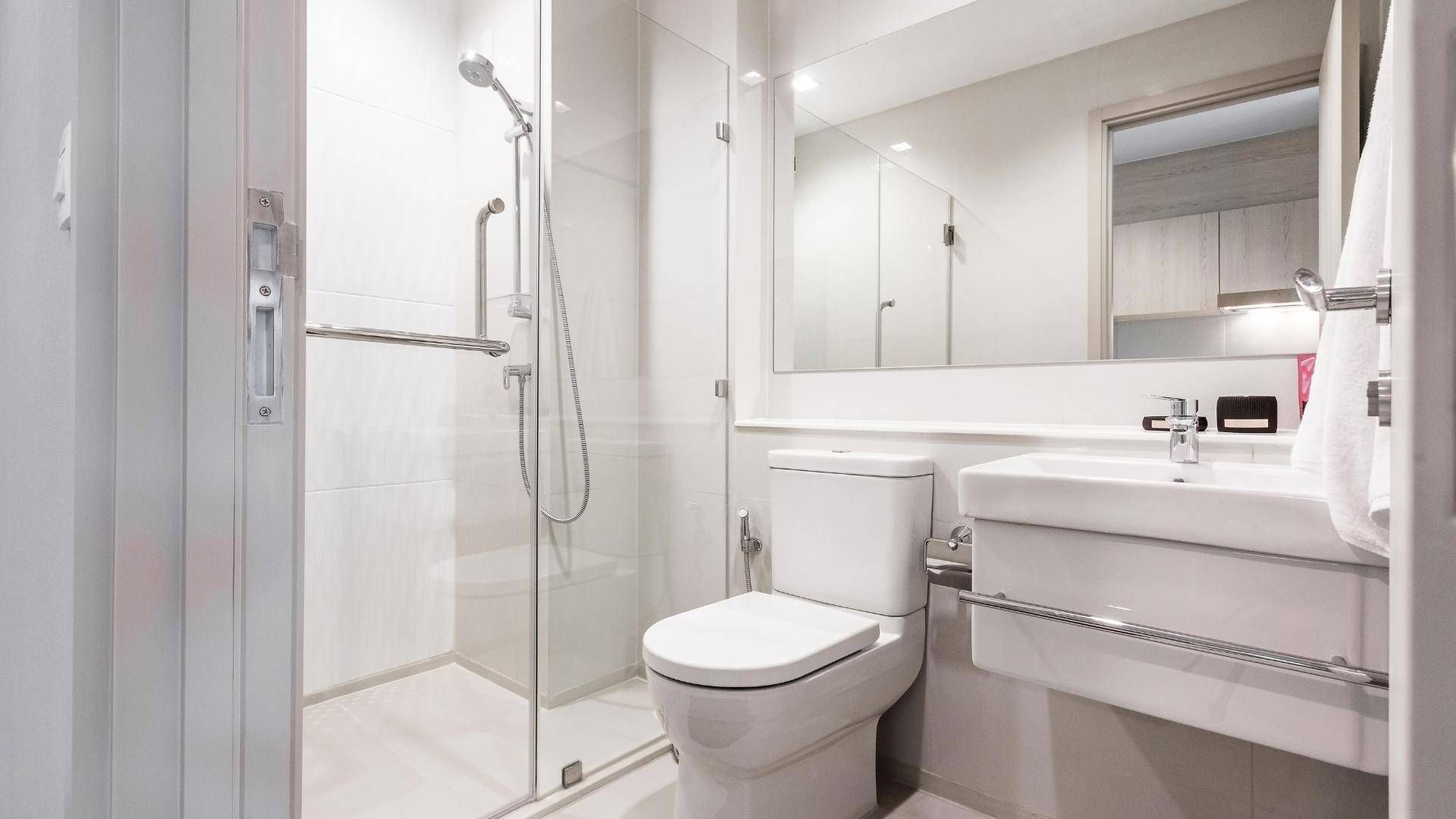Curtains and blinds can often be an afterthought when furnishing a home but considering they play a role in privacy, retaining heat, blocking out light and keeping rooms cool, what you put up at your window deserves greater consideration.
If you’ve never given much thought to curtains and blinds, here’s our back-to-basics guide for choosing the right window dressing.
Types of curtains
Curtains can be hung on a pole or fixed to a track with hooks and the header finish will be dictated by what fixing you choose. When using a curtain pole, you can choose from tab, slot, eyelet and pleat top options, whereas tracks tend to only work with pleat top curtains. Curtain fabrics range from very sheer voiles through to heavyweight chenille and velvet, and can be held open when not in use by decorative tie backs.
Curtain length
The general rule of thumb is the longer the curtains, the more formal the look. Full length curtains and oversized panels that puddle on the floor add a sense of theatre and can give the illusion of height. If your window has a radiator below it, the curtains should finish 2-3cm above the radiator so that the heat isn’t blocked by the fabric.
Types of window blinds
Roman and roller blinds are available in a myriad of sizes and colours, and the fabric used can be moisture-resistant, making it suitable for bathrooms and kitchens. Vertical, wood and venetian blinds give a sleeker look, with slats that can be tilted to let in varying degrees of light. Most blinds come in no-drill options for uPVC windows, and can fit both inside and outside of a window recess.
Window blind safety
European legislation (EN13120) stipulates that window blinds are sold with child safety measures to reduce the risk of accidental strangulation or entanglement. Blinds must either have no accessible cords or be supplied with child safety devices, which must be fitted as per the manufacturer’s instructions.
Shutters
Gaining in popularity are plantation-style shutters, which can be made from real wood, wood composite or vinyl. The slats – also known as louvres – can be tilted to let in the desired amount of light, or the entire shutter can be opened to keep the window obstructed or closed fully for maximum shade. Styles include full height, tier-on-tier, café-stye and solid.
Maintenance
Curtains can often be dry cleaned or even machine washed, so, are a good option if you like your fabrics to always smell fresh – or if sticky little fingers make a beeline for your windows. Slat blinds and plantation-style shutters can be dust traps but are easily wiped over with a damp cloth. For minimal maintenance, opt for roller or roman blinds.
Blocking out light
If the sun streams in at inconvenient times, consider curtains or blinds with a blackout lining or you could double layer – a roller blind mounted inside a window’s recess and curtains on the outside for optimum darkness. Black out window treatments can also reduce heat entering a room, and minimise UV sun damage to furniture and fabrics.
Thermal insulation
Expanses of glass can increase how chilly a room feels in winter, especially if the panes are single glazed. Thermal and insulated curtains can reduce draughts and stop heat loss, and their heavyweight composition provides a good degree of soundproofing and privacy too. Look out for interlined options, where an extra layer of fabric is sewn between the top fabric and the lining.
If you are looking to move home and need more advice about property, don’t hesitate to get in touch.
Share this article
More Articles
Sign up for our newsletter
Subscribe to receive the latest property market information to your inbox, full of market knowledge and tips for your home.
You may unsubscribe at any time. See our Privacy Policy.




